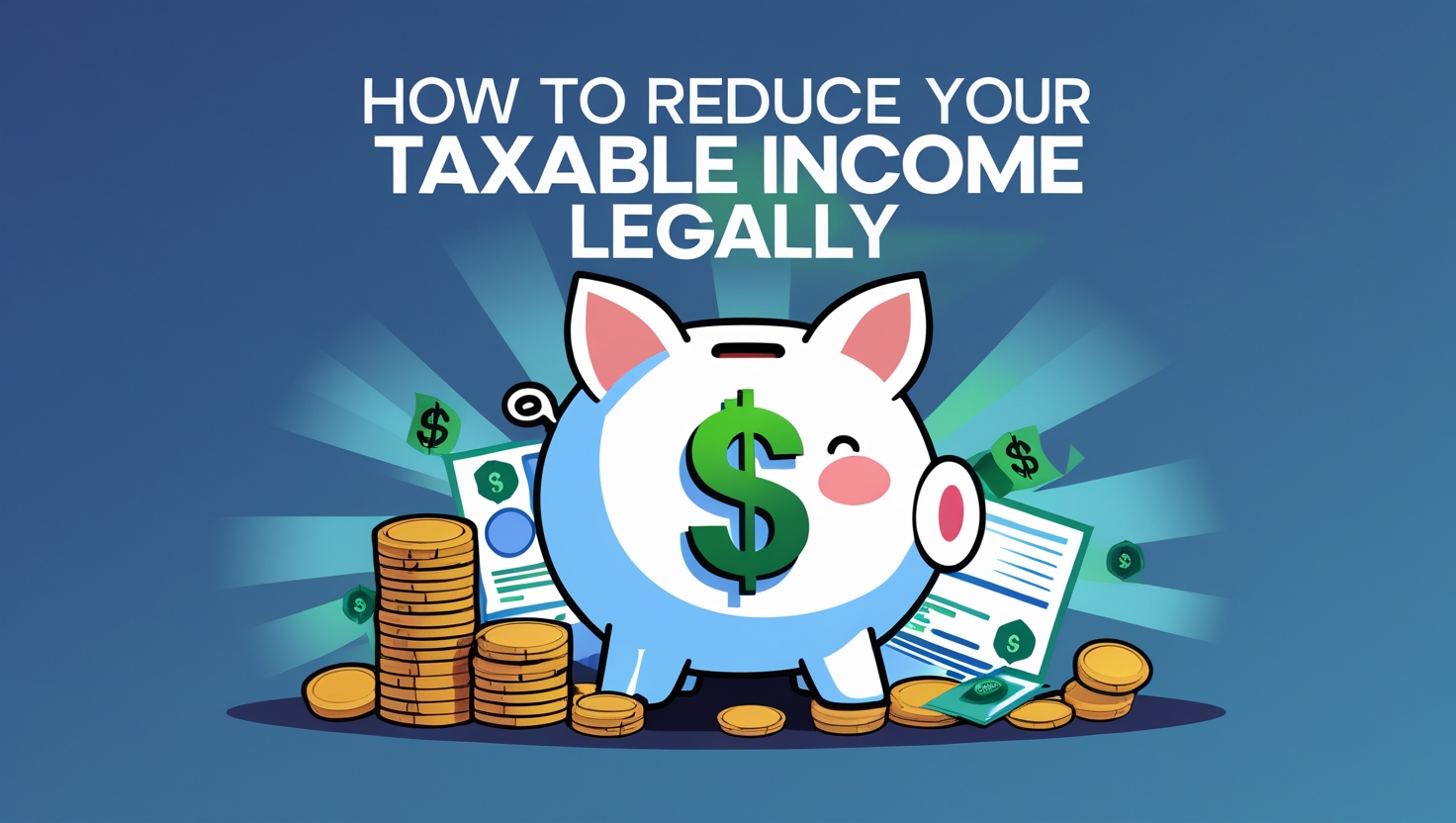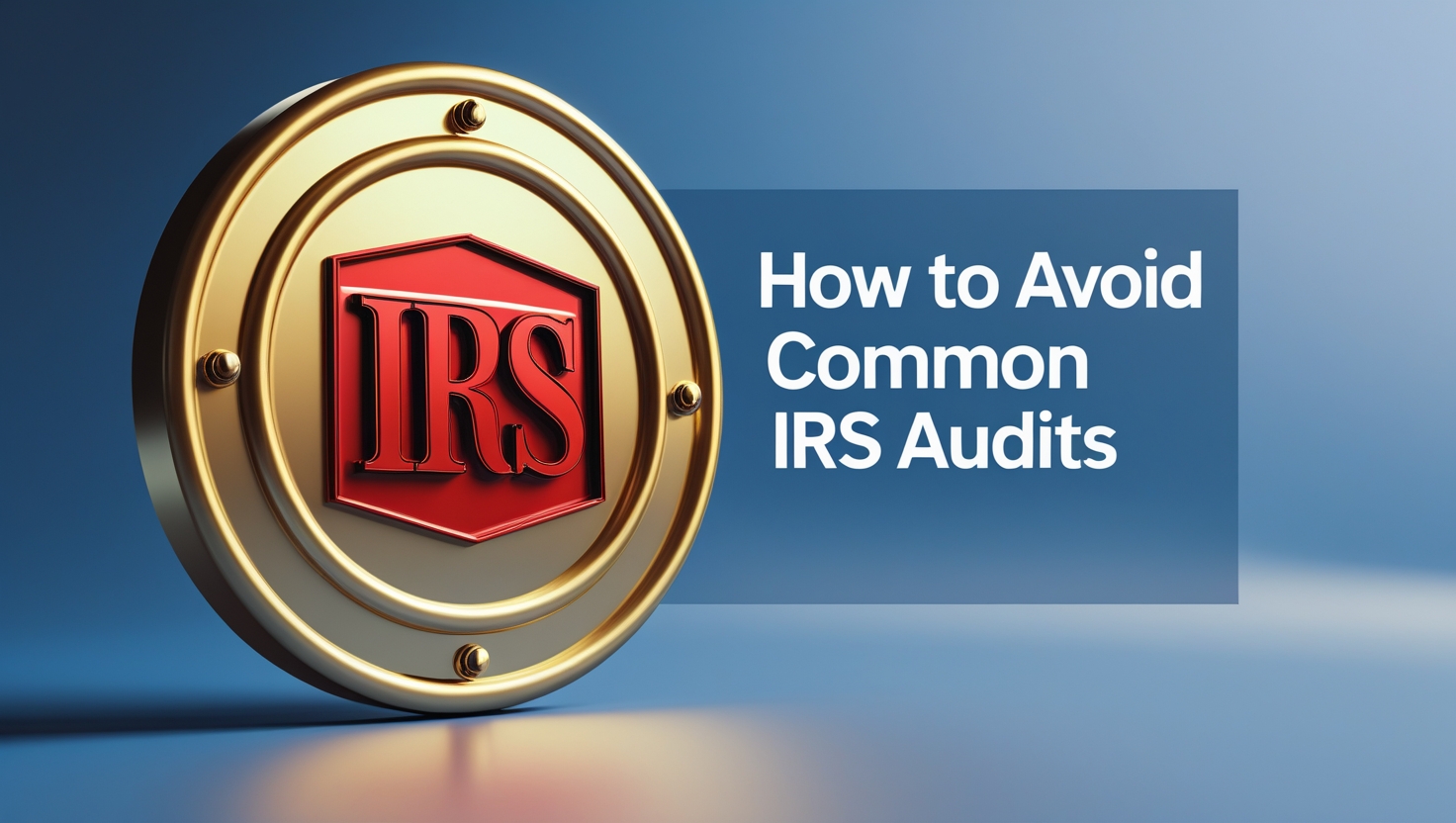So, you’ve decided to take the leap into self-employment. Congrats! Whether you’re freelancing, running a small business, or turning your side hustle into a full-time gig, being your own boss is an exciting journey. But let’s be real—there’s one part of self-employment that’s not so glamorous: taxes. Yep, taxes. They’re not exactly fun, but understanding how they work can save you a lot of headaches (and money) down the road. This guide will walk you through everything you need to know about self-employment taxes in the USA, from what they are to how to pay them, and even some tips to make the process a little easier.
What Are Self-Employment Taxes?
First things first, let’s break it down. When you’re self-employed, you’re responsible for paying something called self-employment tax. This tax covers your contributions to Social Security and Medicare, which are typically split between you and your employer if you work a traditional job. But since you’re the boss now, you’re on the hook for both halves. Ouch, right?
As of 2023, the self-employment tax rate is 15.3%. That’s 12.4% for Social Security and 2.9% for Medicare. But don’t panic just yet—there’s a silver lining. You only pay this tax on your net earnings, which is your income after business expenses. So, if you’re keeping good records and deducting those expenses, you can lower your tax bill.
Who Needs to Pay Self-Employment Taxes?
If you’re earning money on your own—whether it’s from freelancing, consulting, selling products, or even driving for a rideshare app—you’re likely considered self-employed by the IRS. Generally, if you make $400 or more in net earnings from self-employment in a year, you’ll need to pay self-employment taxes. Even if you have a regular job and do some freelance work on the side, that side income is subject to self-employment tax.
How to Calculate Self-Employment Taxes
Alright, let’s get into the nitty-gritty. Calculating your self-employment taxes might sound intimidating, but it’s actually pretty straightforward once you get the hang of it. Here’s how it works:
- Determine Your Net Earnings: Start by calculating your total income from self-employment. Then, subtract any business expenses (like supplies, software, or mileage). The result is your net earnings.
- Calculate Your Taxable Income: Multiply your net earnings by 92.35%. This accounts for the fact that you’re only taxed on a portion of your income. For example, if your net earnings are 50,000, your taxable income would be 46,175.
- Apply the Self-Employment Tax Rate: Multiply your taxable income by 15.3% to find out how much you owe in self-employment taxes. Using the example above, 46,175×15.346,175x15.37,064.78.
- Don’t Forget Income Tax: On top of self-employment tax, you’ll also owe federal income tax on your net earnings. The amount depends on your tax bracket, so it’s a good idea to use a tax calculator or consult a tax professional to estimate this.
Quarterly Estimated Taxes: Why They Matter
Here’s something that trips up a lot of self-employed folks: quarterly estimated taxes. Unlike traditional employees who have taxes withheld from their paychecks, self-employed individuals are responsible for paying taxes throughout the year. This means you’ll need to make estimated tax payments every quarter—usually in April, June, September, and January.
If you don’t pay enough throughout the year, you could face penalties when you file your annual tax return. To avoid this, aim to pay at least 90% of your current year’s tax liability or 100% of what you owed the previous year (110% if your income is over a certain threshold).
Deductions and Credits: Your Best Friends
One of the perks of being self-employed is that you can deduct a ton of business expenses to lower your taxable income. Here are some common deductions to keep in mind:
- Home Office Deduction: If you use part of your home exclusively for work, you can deduct expenses like rent, utilities, and internet.
- Mileage and Travel: Keep track of business-related travel, including mileage for client meetings or deliveries.
- Supplies and Equipment: Everything from office supplies to software subscriptions can be deducted.
- Health Insurance Premiums: If you’re self-employed and pay for your own health insurance, you may be able to deduct those premiums.
- Retirement Contributions: Contributions to a SEP IRA or Solo 401(k) are tax-deductible and can help you save for the future.
Don’t forget about tax credits, either. For example, the Earned Income Tax Credit (EITC) can provide a significant boost if you qualify.
Keeping Records: The Key to Stress-Free Taxes
Let’s be honest—record-keeping isn’t exactly thrilling. But when it comes to taxes, it’s absolutely essential. Good records not only make it easier to file your taxes but also protect you in case of an audit. Here’s what you should keep track of:
- Income: Keep detailed records of all your income, including invoices, payment receipts, and bank statements.
- Expenses: Save receipts and invoices for all business-related purchases. Use accounting software or apps to stay organized.
- Mileage Logs: If you use your car for work, keep a log of your business miles.
- Tax Documents: Hold onto important documents like 1099 forms, receipts for estimated tax payments, and any correspondence with the IRS.
Common Mistakes to Avoid
Even seasoned self-employed folks can make mistakes when it comes to taxes. Here are some common pitfalls to watch out for:
- Not Paying Quarterly Taxes: Skipping estimated tax payments can lead to penalties and a big bill at tax time.
- Mixing Personal and Business Expenses: Keep your business and personal finances separate to avoid confusion and potential red flags with the IRS.
- Underreporting Income: It might be tempting to leave out some cash payments, but the IRS takes underreporting seriously. Always report all your income.
- Overlooking Deductions: Don’t leave money on the table! Make sure you’re taking advantage of all the deductions and credits available to you.
When to Hire a Tax Professional
While it’s totally possible to handle your self-employment taxes on your own, there are times when it makes sense to bring in a pro. If your business is growing, your taxes are getting more complicated, or you’re just feeling overwhelmed, a tax professional can save you time, money, and stress. They can help you maximize deductions, set up a retirement plan, and ensure you’re staying compliant with tax laws.
Tools and Resources to Make Taxes Easier
Thankfully, there are plenty of tools and resources out there to help you navigate self-employment taxes. Here are a few worth checking out:
- Accounting Software: Programs like QuickBooks, FreshBooks, and Xero can help you track income and expenses, generate reports, and even estimate taxes.
- Tax Software: TurboTax Self-Employed and H&R Block are popular options for filing your taxes.
- IRS Resources: The IRS website has a wealth of information for self-employed individuals, including guides, forms, and FAQs.
- Tax Professionals: If you’re not comfortable doing your taxes on your own, consider hiring a CPA or enrolled agent.
Final Thoughts
Self-employment taxes might not be the most exciting part of running your own business, but they’re a necessary part of the journey. By staying organized, keeping good records, and staying on top of your tax obligations, you can avoid surprises and keep more of your hard-earned money.
Remember, you’re not alone in this. There are tons of resources, tools, and professionals out there to help you along the way. So, take a deep breath, tackle your taxes one step at a time, and get back to doing what you love—growing your business and living life on your own terms.











Leave a Reply